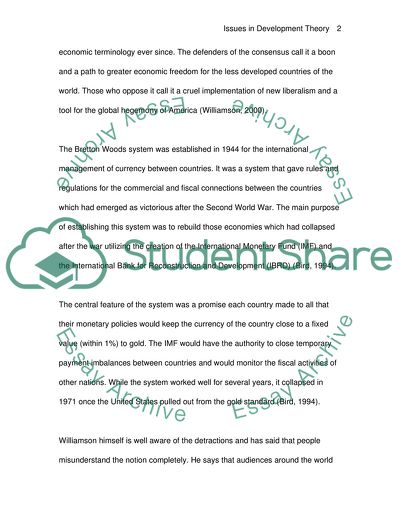Cite this document
(The Post-Washington Consensus Assignment Example | Topics and Well Written Essays - 3000 words, n.d.)
The Post-Washington Consensus Assignment Example | Topics and Well Written Essays - 3000 words. https://studentshare.org/law/1705805-issues-in-development-theory
The Post-Washington Consensus Assignment Example | Topics and Well Written Essays - 3000 words. https://studentshare.org/law/1705805-issues-in-development-theory
(The Post-Washington Consensus Assignment Example | Topics and Well Written Essays - 3000 Words)
The Post-Washington Consensus Assignment Example | Topics and Well Written Essays - 3000 Words. https://studentshare.org/law/1705805-issues-in-development-theory.
The Post-Washington Consensus Assignment Example | Topics and Well Written Essays - 3000 Words. https://studentshare.org/law/1705805-issues-in-development-theory.
“The Post-Washington Consensus Assignment Example | Topics and Well Written Essays - 3000 Words”. https://studentshare.org/law/1705805-issues-in-development-theory.


